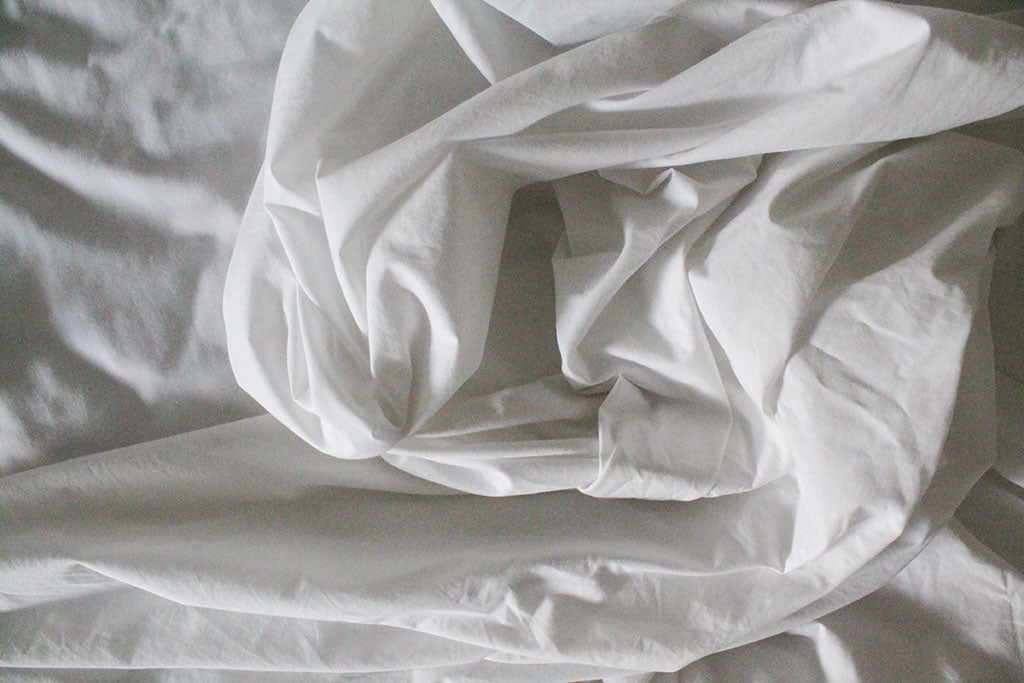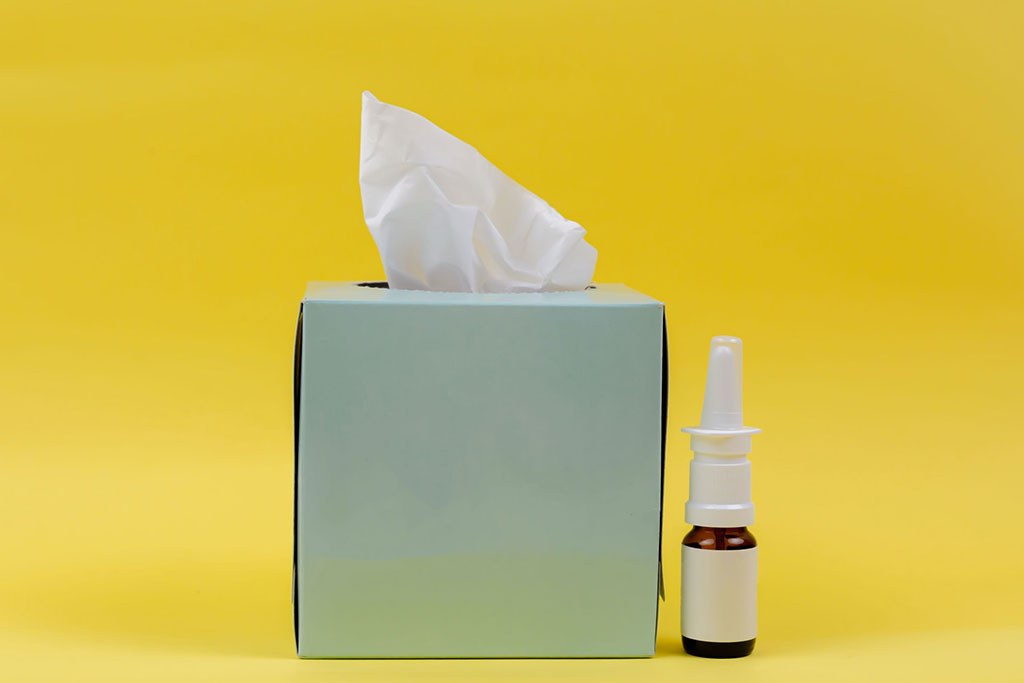Toxins exist in pretty much anything that we touch, eat or breathe. So it should come as no surprise that bedding ticks the box as well. A general consensus seems to be that around 70% of bedding manufacturers use a process or materials that insert various toxic substances into your bedding.
This causes many ailments related to allergies, respiratory and endocrine problems, and even cancer. And of all things, bedding would be the last thing we think about in this regard, but there it is.
Now don’t panic. There’s no need to rip your perfectly white sheets from your linen closet and start a huge fire in the backyard (especially if you have fire retardant sheets). For the most part, bedding doesn’t rank near the top of the Mortal Dangers list for humans.
But it is worth keeping in mind that your bed and your body share a space for at least 30% of your life. Maybe being aware of what is toxic in your bedding and how you might mitigate it is worthwhile knowledge? If you agree, read on!

Common Toxic Chemicals in Bedding
Manufacturing processes insert some chemicals and toxic substances into the bedding as a standard practice. What bedding labels may not declare is the presence of formaldehyde, aldicarb, parathion, and some rather nasty chemical dyes.
Instead, you’ll find labels such as “wrinkle-free” (which might mean formaldehyde). Aldicarb and Parathion are other insecticides that filter through the process, and significant amounts can be extremely hazardous to humans.
Is Polyester Bedding Toxic?
Polyester is cheap, popular, and present everywhere. Unfortunately, polyester is plastic. It is manufactured chemically. When used in bedding, it is blended with other natural fibers to create a more natural feel.
But the thermoplastic particles in polyester, as well as nylon and acrylic, create plastic molecules during a heating process. Polyester blends are also treated with formaldehyde and ammonia, which aggravates asthma and other respiratory ailments.

Waterproof and Flame Retardant Bedding
All flame-retardant materials and chemicals are technically toxic to humans. In fact, these chemicals are related to a number of human illnesses like ADD, infertility, and cancer. They’re even more insidious because the particles end up in the air, breathed in by the unsuspecting.
It’s probably better to steer clear from flame retardant sheets and bedding in general.
Waterproof bedding has a similar story. It is usually made with a vinyl layer, which is known to be toxic over long-term exposure.
Does Polyurethane Cause Cancer?
Most standard beds contain what is called a polyurethane foam core in the mattress. There is growing concern that this core may contain a chemical that is harmful and possibly carcinogenic. The chemical emits Common Volatile Organic Compounds (VOCs), which affect membranes like the eyes and throat, and are linked to cancer.
Body heat seems to increase the emission of VOCs from mattresses in very minute amounts. It must be stressed that current studies indicate that the amounts of these VOCs emitted from polyurethane mattresses are far below the recognized danger toxicity level. But in the interest of full disclosure, it’s good to know that these studies are ongoing.
As an aside you’ll often find formaldehyde in mattresses as well, as it’s used as an adhesive.

How to Detox Your Bedding
Here is a shortlist of descriptors and ingredients to avoid as far as possible:
- Flame-resistant
- Flame-retardant
- Wrinkle-free
- Polyester
- Latex (eco foam)
- Soy (soy foam)
- Vinyl waterproofing
TIP: If you feel your mattress or bedding isn’t as organic as it can be, open your windows for ten minutes or more prior to going to bed. This may assist a little bit in dispersing any VOCs that might be hanging around the room. And anyway, fresh air is good for you!
Is Chemical-Free Bedding an Option?
Here comes the good news. Chemical-free bedding manufacture has made huge strides over the past few years. Today you can acquire bedding made from organic textiles like 100% Organic Cotton Bed Sheets, which are sourced sustainably and produced chemical-free.
Another option rising in popularity is 100% Organic Hemp Bedding. As with organic cotton, it is produced with sustainability in mind, and 100% natural.
When manufacturers say “organic”, they should mean that the crop is grown pesticide-free and that the manufacturing process uses no synthetic chemicals. Aside from cotton and hemp, producers are looking for wool and kapok to fit into this ”chemical-free sheets” category as well.
Final Thoughts - Avoid Synthetics in Bedding
So, the best advice is to try to go organic as much as possible. Synthetic bedding should be considered as a generally bad idea and the last option.
Start with non-toxic bedding and bedsheets, but try to extend this to your mattress if at all possible. Besides the health benefits, you can sleep a little easier knowing that one more aspect of your living has supported a sustainability initiative. Win-win.




Leave a comment
This site is protected by hCaptcha and the hCaptcha Privacy Policy and Terms of Service apply.